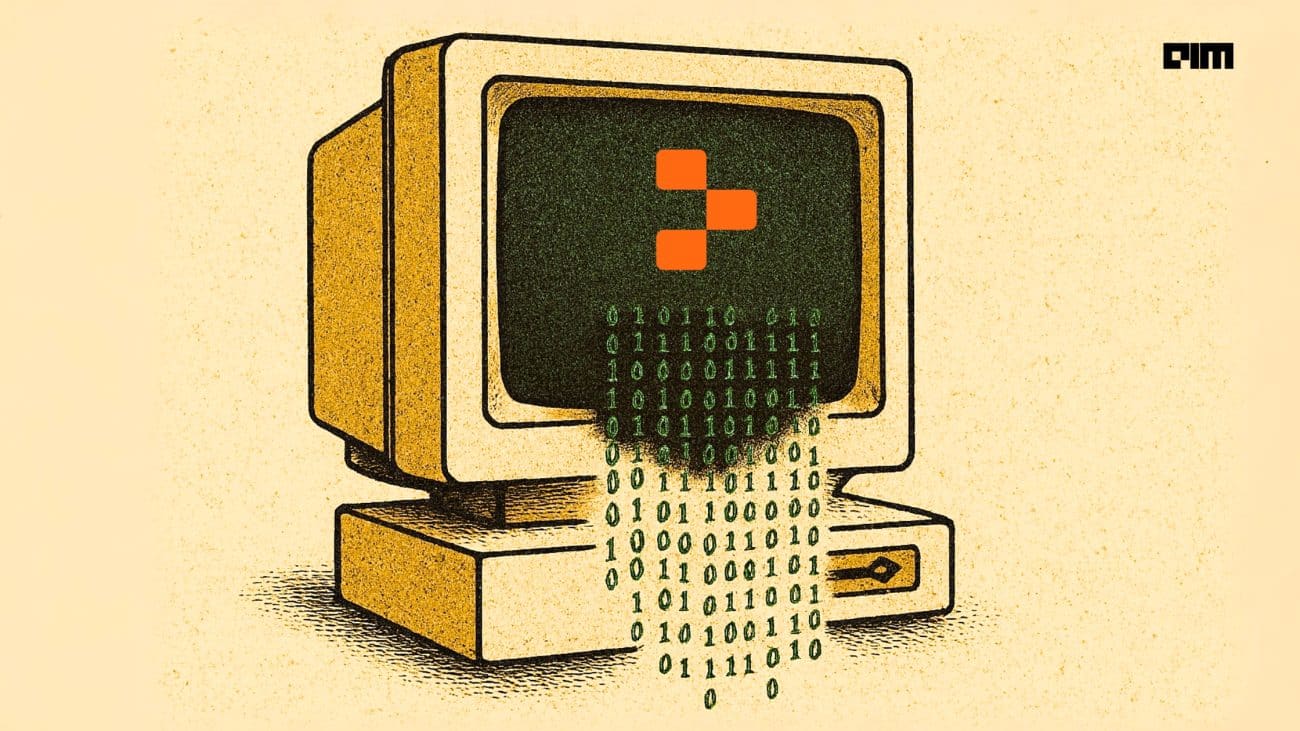Skynet This Week #16
Summary of recent AI news on OpenAI GPT-2, AI ethics, and more!
Our bi-weekly quick take on a bunch of the most important recent media stories about AI. This edition, we are revising our format slightly!
Mini Briefs
The Hidden Automation Agenda of the Davos Elite
A blunt piece about double-speak in the corporate world: while desiring to replace as many human workers as possible by cheap automation methods, executives pretend to care about the future of their workers to avoid public backlash. Concentrating more wealth has never been a hidden goal in the corporate world, but this insider report shows that policy will likely be the key to keep automation dreams ethical.
“The choice isn’t between automation and non-automation,” said Erik Brynjolfsson, the director of M.I.T.’s Initiative on the Digital Economy. “It’s between whether you use the technology in a way that creates shared prosperity, or more concentration of wealth.”
Foundations Built for a General Theory of Neural Networks
Although neural networks have shown impressive results in recent years, there still isn’t a good theory that explains how they work and how to construct the neural network architecture that’s good for a task except through trial-and-error. Studies in this area are in the early stages, where researchers are probing the trade-offs between “width” and “depth” of neural networks. Devising a theory for neural networks is important, as one researcher makes the analogy to steam engines:
“At first, steam engines weren’t good for much more than pumping water. Then they powered trains, which is maybe the level of sophistication neural networks have reached. Then scientists and mathematicians developed a theory of thermodynamics, which let them understand exactly what was going on inside engines of any kind. Eventually, that knowledge took us to the moon.”
Getting a Better Grip on Reality, Robots Poised for Wider Role on Assembly Lines
Traditionally, robots in manufacturing have been efficient but difficult to use, because they are usually preprogrammed to perform one task only, say grasping a specific object with known shapes and locations. The Dexterity Network (“Dex-Net”) is poised to change that by tackling the problem of universal picking, where a robot must grasp a wide variety of objects with previously unknown shapes and sizes, using two different types of grippers. The system is able to reliably perform 300 mean picks per hour on novel objects, and it could be potentially applied to tasks robots currently can’t do, such as packing orders for warehouse fulfillment.
Advances & Business
- Machine learning can boost the value of wind energy
- An AI is playing Pictionary to figure out how the world works
- The World’s Fastest Supercomputer Breaks an AI Record
- Amazon thinks AI will help solve its counterfeits problem
Concerns & Hype
- AI researchers debate the ethics of sharing potentially harmful programs
- An AI that writes convincing prose risks mass-producing fake news
- Can machines be more creative than humans?
- Never mind killer robots—here are six real AI dangers to watch out for in 2019
Analysis & Policy
- We analyzed 16,625 papers to figure out where AI is headed next
- Increasing skepticism against robots
- How Do You Govern Machines That Can Learn? Policymakers Are Trying to Figure That Out
- The case for building expertise to work on US AI policy, and how to do it
Expert Opinions & Discussion within the field
- I’m an AI researcher, and here’s what scares me about AI
- In Favor of Developing Ethical Best Practices in AI Research
Explainers
- This is how AI bias really happens—and why it’s so hard to fix
- Efficient large-scale fleet management via multi-agent deep reinforcement learning
- Beyond Local Pattern Matching: Recent Advances in Machine Reading
Favorite goof
— AI Memes for Artificially Intelligent Teens (@ai_memes) February 17, 2019
That’s all for this digest! If you are not subscribed and liked this, feel free to subscribe below!


